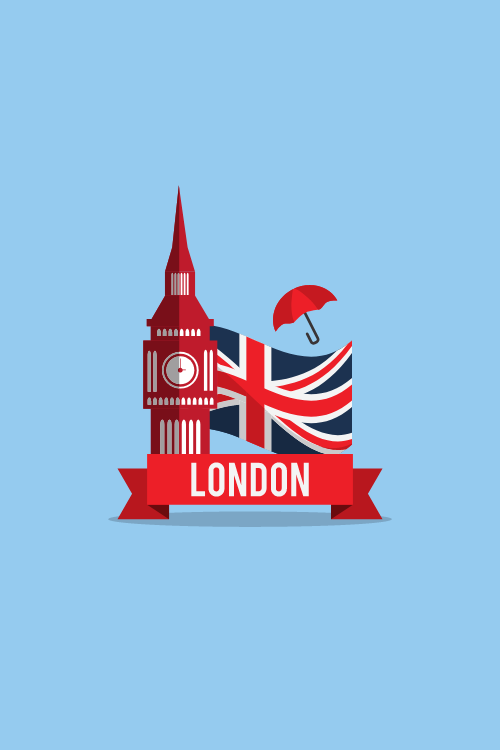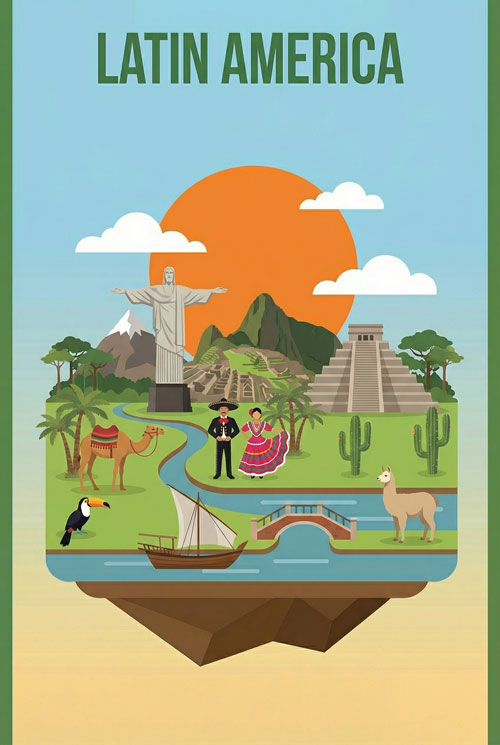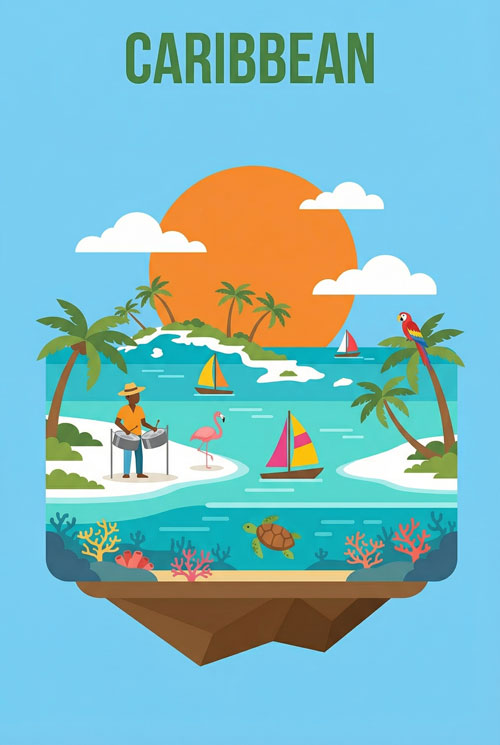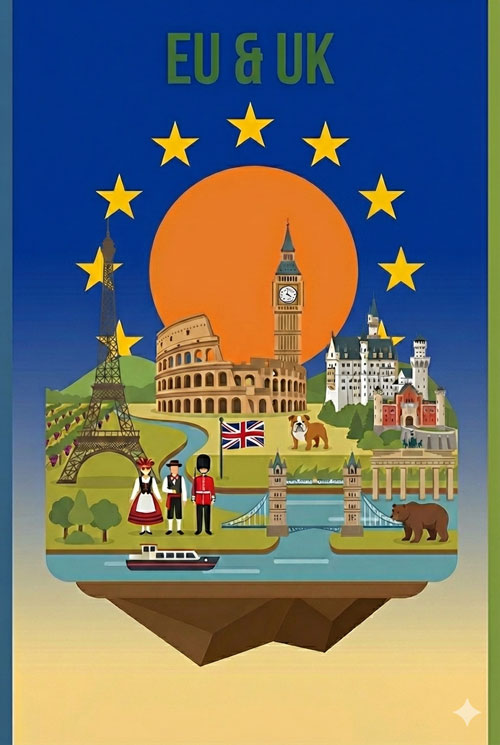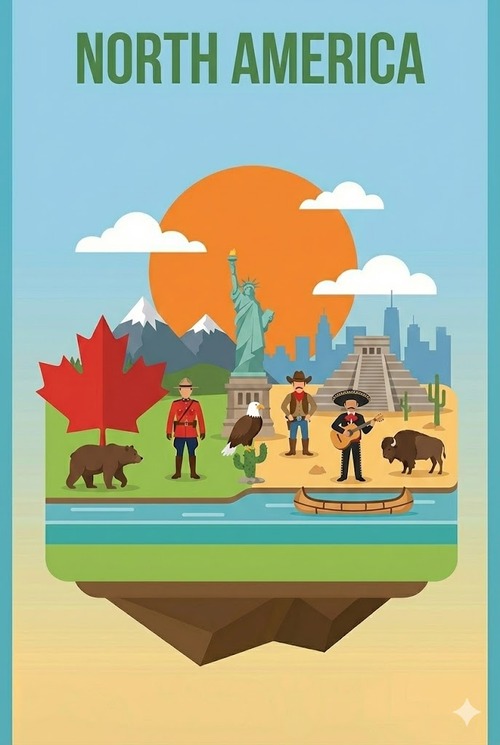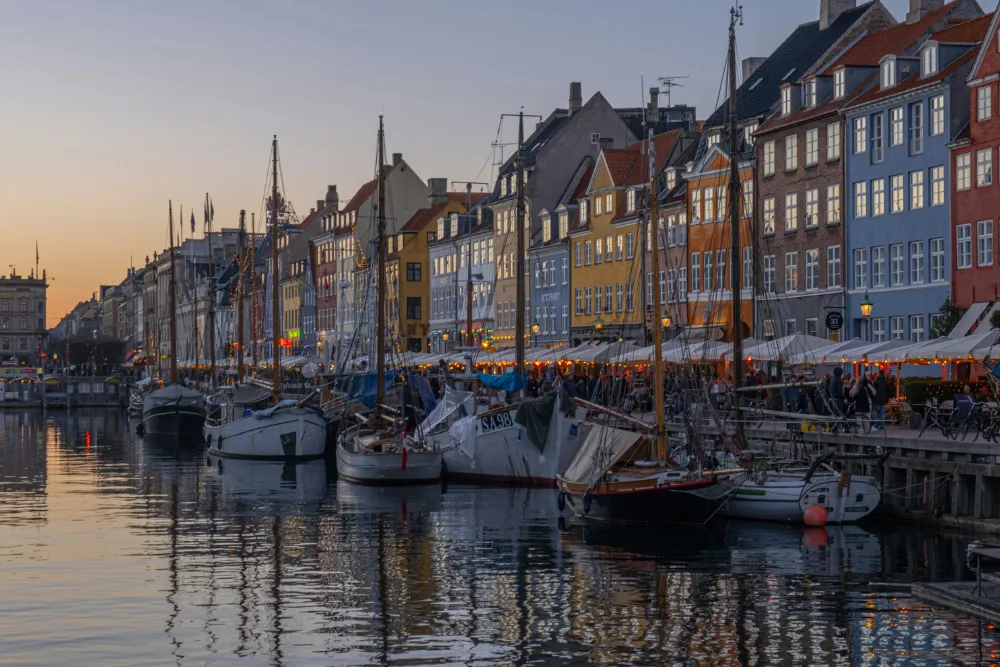eSIM Denmark
The Best Time to Visit Copenhagen: A Complete Month-by-Month Guide
The best time to visit Copenhagen is from May to September for long, sun-drenched days, vibrant festivals, and a lively outdoor culture. If you dream of magical Christmas markets and the cozy Danish feeling of hygge, then November and December are your perfect months.
Your choice boils down to a simple, yet profound, question: do you want a city of endless sunshine or a city of endless candlelight?
One Copenhagen is a place of harbor swims and street parties, where life is lived outside under a sun that barely sets. The other is a world of warm cafes, festive traditions, and intimate, glowing nights that feel like stepping into a fairytale.
This guide will help you choose your perfect season and plan a trip that feels made just for you.
The Best Time to Visit Copenhagen
A visual guide to planning your perfect trip to the heart of Danish culture.
Summer Vibrancy (May – Sep)
Experience a city alive with festivals, harbor swimming, and street life under the endless sun. This is the time for outdoor exploration and soaking up Copenhagen’s energetic, social atmosphere.
Winter Hygge (Nov – Dec)
Embrace the famous Danish concept of coziness. Discover a fairytale city of glittering Christmas markets, warm cafes, and magical, intimate evenings that feel like a warm hug.
A Year in Copenhagen at a Glance
This chart shows the interplay between temperature, sunshine, and rain throughout the year, helping you find your ideal weather window.
Crowds vs. Cost: The Trade-Off
Peak season brings the best weather but also the biggest crowds and highest prices. Use this chart to find the perfect balance for your travel style and budget.
Copenhagen for Every Traveler
The best trip is one that fits you perfectly. Here’s when to go based on your travel style.
For Couples
Choose May-June for bright, romantic picnics and canal tours, or December for a magical, fairytale Christmas experience.
For Families
Aim for June-August. The warm weather is perfect for the city’s 125+ playgrounds, Tivoli Gardens, and swimming in the clean harbor pools.
For Solo Travelers
The shoulder seasons of April-May & September offer a great mix of good weather, fewer crowds, and better prices for exploring safely.
The Copenhagen Toolkit
Practical advice for a smooth and affordable trip.
Is the Copenhagen Card Worth It?
It offers free entry to 80+ attractions and all public transport. Follow this simple logic to see if it’s right for you.
How many paid attractions will you visit per day?
0 – 1
Probably Not Worth It. Pay as you go.
2+
Likely a Good Deal! Especially for families.
7 Ways to Save Money
- Travel in the off-season (Jan-Mar) for the best deals.
- Eat smart at street food markets like Reffen & Torvehallerne.
- Enjoy free activities: King’s Garden, changing of the guard.
- Climb Christiansborg Palace tower for the best free city view.
- Check for free museum admission days (e.g., Glyptotek on Tuesdays).
- Rent a bike; it’s often cheaper than multiple transport tickets.
- Fill a reusable bottle with Denmark’s clean, safe tap water.

Stay Connected Instantly in Copenhagen
Don’t risk expensive roaming fees or waste time hunting for local SIMs. Get online the moment you land to navigate the city, book rides, and share your Danish adventure.
Download a data plan before you go and activate it on arrival. Simple, fast, and reliable.
Copenhagen at a Glance: Your Visual Decision-Making Tool
Sometimes you need a quick answer. This table cuts through the details to give you a snapshot of the entire year. Use it to instantly compare the weather, crowds, and costs to find the window that works best for your trip. It’s your cheat sheet for planning the perfect Copenhagen visit.
| Month | Avg. Temp (°C/°F) | Sunshine Hours/Day | Avg. Rainy Days | Price Level | Crowd Level | Key Festival/Event |
| Jan | 1°C / 34°F | ~1.1 | ~9 | $ | Low | Copenhagen Fashion Week |
| Feb | 1.5°C / 35°F | ~1.9 | ~7 | $ | Low | CPH Light Festival |
| Mar | 3.5°C / 38°F | ~3.8 | ~7 | $ | Low | Family Culture Night |
| Apr | 7°C / 45°F | ~5.4 | ~6 | $$ | Medium | Sakura Festival / Tivoli Reopens |
| May | 11.5°C / 53°F | ~7.9 | ~7 | $$ | Medium | Copenhagen Marathon |
| Jun | 15.5°C / 60°F | ~8.2 | ~8 | $$$ | High | Distortion / Sankt Hans Aften |
| Jul | 18°C / 64°F | ~7.7 | ~8 | $$$ | High | Copenhagen Jazz Festival |
| Aug | 18°C / 64°F | ~6.7 | ~9 | $$$ | High | Copenhagen Pride |
| Sep | 14.5°C / 58°F | ~5.2 | ~8 | $$ | Medium | GoldenDays Festival |
| Oct | 10°C / 50°F | ~2.8 | ~10 | $$ | Medium | Culture Night / Halloween at Tivoli |
| Nov | 5.5°C / 42°F | ~1.1 | ~9 | $ | Low | Christmas Markets Open |
| Dec | 3°C / 37°F | ~0.6 | ~10 | $$ | Medium-High | Christmas Markets / Tivoli |
A Year in Copenhagen: Your Detailed Monthly Guide
The soul of Copenhagen changes with the seasons. Here’s a deeper look at what each month truly feels like, from the clothes you’ll need to pack to the unique experiences that await you.
January: Embracing Winter’s Hygge
January is Copenhagen at its most quiet and authentic. The city is cold, with temperatures hovering around freezing, and the days are short and crisp.
This is the time to embrace hygge, the famous Danish concept of coziness. You will find it in the warm glow of candlelit cafes and the peaceful, uncrowded halls of the city’s best museums.
Pack your warmest layers, a good coat, and waterproof boots. Your reward will be the lowest prices of the year and a city that feels entirely your own.
The cultural calendar still buzzes with events like Copenhagen Fashion Week and the Vinterjazz festival, which fills intimate venues with music.
February: Lights in the Winter Darkness
February continues the winter chill, but it brings a spectacular gift: the CPH Light Festival.
For several weeks, the city’s dark canals and historic buildings become a canvas for stunning light installations, transforming the winter nights into a magical open-air gallery. It’s a beautiful reason to bundle up and explore after dark.
The month also hosts Dining Week, where you can sample menus at top restaurants for a fraction of the usual price, and the lively Copenhagen Winter Pride.
The weather demands warm, layered clothing, but the unique atmosphere makes it a truly special time to visit.
March: The First Signs of Spring
You can feel a change in the air in March. The days grow noticeably longer, and while it’s still brisk, the sun feels a little warmer.
On sunny afternoons, you’ll see locals cautiously returning to sidewalk cafes, eager for the first taste of spring.
It’s a quiet month for big festivals, making it a great time to enjoy the city’s attractions before the crowds arrive. The weather is unpredictable, so pack layers, but you might be surprised by a beautifully mild day perfect for a city walk or your first bike ride of the year.
April: Cherry Blossoms and City Reawakening
April is when Copenhagen truly blooms. The city’s parks, especially near the Langelinie promenade and Bispebjerg Cemetery, explode with pink cherry blossoms, creating breathtaking canopies of color.
The weather becomes milder and, crucially, April is often the driest month of the year, making it perfect for being outdoors.
The beloved Tivoli Gardens reopens its gates for the summer season, a sure sign that the city is shaking off its winter slumber. With pleasant weather and stunning scenery, April is a fantastic month to explore by bike or take a canal cruise before the summer rush.
May: The Sweet Spot of Spring
Many locals will tell you that May offers the best weather of the year. You can expect long, sunny days and comfortable temperatures perfect for exploring.
The city is buzzing with energy. The Copenhagen Marathon brings athletes from around the world, and the Første Maj (Labor Day) celebrations fill the parks with music and festivities.
This is the ideal month to do as the Danes do: pack a picnic for the King’s Garden, rent a bike to explore the neighborhoods, or simply relax by the canals.
You get all the benefits of summer weather with fewer crowds and lower prices, making it a nearly perfect time to visit.
June: Midsummer Magic and Endless Days
June marks the official start of summer and the high season. The weather is mild and the sun barely seems to set, with daylight stretching for over 17 hours.
This endless light fuels a city-wide celebration of summer. The month is packed with festivals, including the massive street party Distortion and the heavy metal festival Copenhell.
The cultural highlight is Sankt Hans Aften (Midsummer’s Eve) on June 23rd, a magical night where locals gather around bonfires in parks and on beaches to sing and celebrate the longest day of the year. This is the time for harbor swims, outdoor dining, and soaking up the incredible energy of a city in full bloom.
July: Jazz, Sunshine, and Harbor Swims
July is the warmest month in Copenhagen, and the city is at its most vibrant and alive. The entire month is dominated by the world-renowned Copenhagen Jazz Festival, which brings over 1,000 concerts to stages big and small, from grand concert halls to cozy street corners.
The atmosphere is electric. The long, sunny days are perfect for swimming in the clean waters of the harbor baths at Islands Brygge or enjoying an open-air concert.
This is peak season, which means you’ll find the biggest crowds and highest prices, but you’ll also experience Copenhagen at its most effervescent.
August: Festivals, Fashion, and Summer Showers
The warm summer vibe continues through August, but the festival calendar becomes even more diverse. The city bursts with color for Copenhagen Pride Week, which culminates in a massive, joyful parade.
The world of style descends for Copenhagen Fashion Week, a leading event in sustainable design.
While the weather is still warm, August can also bring short, intense rain showers, so it’s wise to pack a light raincoat. The energy remains high, making it a great month for food festivals and exploring the city’s lively street food markets.
September: Golden Light and Calmer Days
September is a beautiful shoulder-season month. The frantic energy of summer gives way to a calmer, more relaxed atmosphere.
The weather often remains wonderfully mild, and the sunlight takes on a soft, golden quality that makes the city look even more beautiful.
The summer crowds have thinned out, making it a fantastic time to visit popular attractions like Tivoli Gardens and Nyhavn without the long lines. It’s still perfect weather for biking and canal tours, with the added beauty of the first autumn leaves appearing in the parks.
October: Cozy Culture and Halloween Thrills
Autumn takes hold in October, bringing crisp air and a shift toward indoor activities. The city’s cultural heart beats strongly this month.
On Culture Night (Kulturnatten), hundreds of museums, galleries, and even government buildings open their doors for a special evening of unique events.
Tivoli Gardens transforms into a spooky wonderland for its spectacular Halloween season, a must-see event filled with pumpkins and elaborate decorations.
Pack a warm, waterproof coat and be ready to duck into a cozy cafe or museum to escape the increasingly cool and rainy weather.
November: The Magic of Christmas Begins
November is dark, damp, and cold, but it’s also when the magic begins. From the middle of the month, the city starts its stunning transformation for the holidays.
Christmas markets pop up in squares across the city, filling the air with the scent of gløgg (spiced mulled wine) and roasting almonds. Tivoli Gardens reopens as a breathtaking winter wonderland, glittering with thousands of lights.
It’s a chance to experience the festive cheer before the December crowds arrive. You’ll need to dress warmly, but the enchanting atmosphere is more than worth it.
December: A True Winter Wonderland
December is the heart of Christmas in Copenhagen. The city is a fairytale of festive lights, bustling markets, and holiday cheer.
The weather is cold, with a chance of snow that only adds to the magical atmosphere. Days are short, but the darkness is defeated by the warm glow of decorations on every street.
This is the time to fully embrace hygge: wander through the markets at Nyhavn and Højbro Plads, go ice skating, and spend your evenings in cozy, candlelit restaurants. It’s an unforgettable way to experience the soul of Danish winter.
Tailoring Your Trip: Copenhagen for Every Traveler
The best trip is one that fits you perfectly. Whether you’re looking for romance, family fun, or a solo adventure, Copenhagen has an experience waiting for you.
A Couple’s Guide to a Romantic Copenhagen Getaway
Copenhagen offers two kinds of romance: sun-drenched or snow-dusted. For bright, breezy love, choose May or June.
The endless daylight is perfect for a private GoBoat tour on the canals, a picnic in the King’s Garden, or a hand-in-hand stroll through the blooming flowers of Frederiksberg Gardens.
For a romance of cozy intimacy, nothing beats December. The city becomes a fairytale of Christmas lights and festive markets, creating a magical backdrop for sharing a warm gløgg and wandering through the enchanting Tivoli Gardens.
You can find romance in climbing the spiral ramp of the Round Tower for stunning city views or admiring the classical sculptures in the beautiful winter garden of the Ny Carlsberg Glyptotek.
For dinner, you can aim for a once-in-a-lifetime meal at a Michelin-starred restaurant like Noma or find a more intimate setting at a charming spot with a fireplace, like Cap Horn in Nyhavn.
A Stress-Free Family Guide to Copenhagen
You can relax here. Copenhagen is one of the most family-friendly cities you will ever visit. The best time to bring your crew is during the summer months of June, July, and August, when the warm weather is perfect for the city’s 125+ playgrounds and harbor swimming pools.
The city is incredibly easy to navigate with kids. It’s compact, safe, and public transport is free for up to two children under 12 with a paying adult. The best way to get around is by renting a cargo bike, a fun and practical way to transport little ones through the city’s wide, safe bike lanes.
The top attraction is, of course, Tivoli Gardens, an amusement park that delights all ages. But the fun doesn’t stop there.
The Experimentarium is a world-class science center where everything is meant to be touched, and the National Museum has a fantastic children’s section with a play Viking ship.
Even climbing the Round Tower is kid-friendly, as its wide, spiral ramp is much easier for little legs than stairs. When it’s time to eat, head to a food hall like Torvehallerne or Reffen, where dozens of stalls offer enough variety to please even the pickiest eaters.
A Solo Traveler’s Guide to Copenhagen
Copenhagen is a dream destination for solo travel. The city is exceptionally safe, easy to navigate, and full of things to do on your own. You will feel comfortable walking around at any time of day or night.
The best time for a solo trip is often during the shoulder seasons of April-May and September-October, which offer a great mix of good weather, fewer crowds, and better prices.
The city has a fantastic hostel scene, with places like Generator Copenhagen and Steel House Copenhagen offering great social atmospheres for meeting other travelers.
A great way to start your trip is by joining a free walking tour to get your bearings and connect with others. Renting a bike is a must, as it allows you to explore the city’s cool neighborhoods like Vesterbro and Nørrebro at your own pace.
For meals, the city’s food halls are perfect for a casual solo dinner, and grabbing a famous Danish hot dog from a DØP stand is a delicious and affordable rite of passage.
The Copenhagen Toolkit: Essential Planning Resources
Good planning can transform a great trip into an unforgettable one. Here are the practical tools you need to navigate Copenhagen with ease.
The Copenhagen Card: Worth it or Not?
The Copenhagen Card promises free entry to over 80 attractions and unlimited public transport, but is it right for you? Its value depends entirely on your travel style.
If you are an active sightseer planning to visit several museums and attractions each day, the card can offer significant savings. It’s especially valuable for families, as each adult card allows you to add two kids’ cards for free.
To see if it’s worth it, do some quick math. Add up the entrance fees for the attractions you absolutely want to see, plus the cost of public transport (including to and from the airport). If that total is more than the price of the card, it’s a good deal.
However, if you prefer a more relaxed pace—visiting maybe one attraction a day and exploring mostly on foot—you will likely save money by paying as you go. It’s a tool for the marathon tourist, not the casual wanderer.
Getting Around Copenhagen: A Guide to Bikes, Metro & More
Getting around Copenhagen is a joy. The best way to experience the city is the local way: on a bicycle. The city is flat and filled with amazing, wide bike lanes that make cycling safe and easy. You can rent bikes everywhere through apps like Donkey Republic.
The public transport system is a model of Scandinavian efficiency. The Metro, S-trains, and buses are all clean, punctual, and run on a single, easy-to-use ticket system.
A unique and highly recommended option is the yellow Harbour Bus. It’s part of the public transport network, so your regular ticket is valid, but it functions like a ferry, giving you a scenic and affordable boat tour of the harbor.
Finally, don’t forget your own two feet. The city center is compact and perfect for walking, which is often the best way to discover hidden gems.
Copenhagen on a Budget: 7 Ways to Save Money
Copenhagen has a reputation for being expensive, but you can absolutely enjoy this beautiful city without spending a fortune.
The biggest savings come from traveling in the off-season, from January to March, when flights and hotels are at their cheapest.
Eating smart is also key. Skip the pricey restaurants and instead enjoy delicious, affordable meals at the city’s fantastic street food markets like Reffen or food halls like Torvehallerne.
Fill your days with wonderful free activities. You can watch the changing of the guard at Amalienborg Palace, explore the beautiful King’s Garden, or climb the tower at Christiansborg Palace for the best free view of the city.
Many museums also offer free admission on certain days of the week, like the Ny Carlsberg Glyptotek on Tuesdays.
Renting a bike for the day is often cheaper than buying multiple transport tickets and gives you more freedom. By planning strategically, you can have an incredible and affordable Copenhagen adventure.
Frequently Asked Questions (FAQ)
What is the cheapest month to visit Copenhagen?
The cheapest months are January, February, and March. This is the winter low season, so you’ll find the best deals on flights and accommodation.
What is the rainiest month in Copenhagen?
Rainfall is spread fairly evenly throughout the year, but the period from August to November tends to see the most rainy days. April is typically the driest month.
How many days do you need in Copenhagen?
Three to four days is ideal for a first visit. It gives you enough time to see the main sights, explore a few neighborhoods, and get a real feel for the city without being rushed.
Is Copenhagen very expensive?
It can be, especially for hotels and restaurants in the summer. However, you can manage your costs by traveling in the off-season, eating at food markets, and enjoying the many free activities the city offers.
Is English widely spoken in Copenhagen?
Yes, almost everyone speaks excellent English. You will have no problem communicating anywhere you go.
When are the Christmas markets in Copenhagen?
The Christmas markets usually open in mid-November and run until the end of December. The most festive and magical time to experience them is in December.

